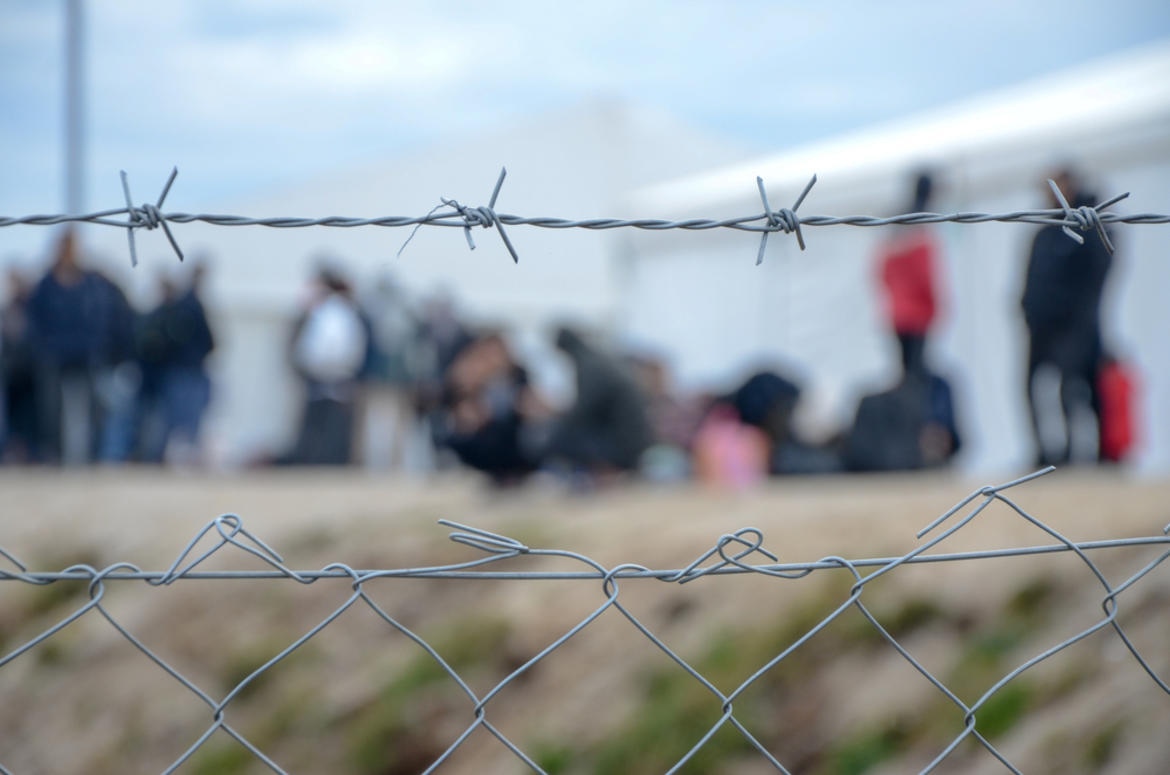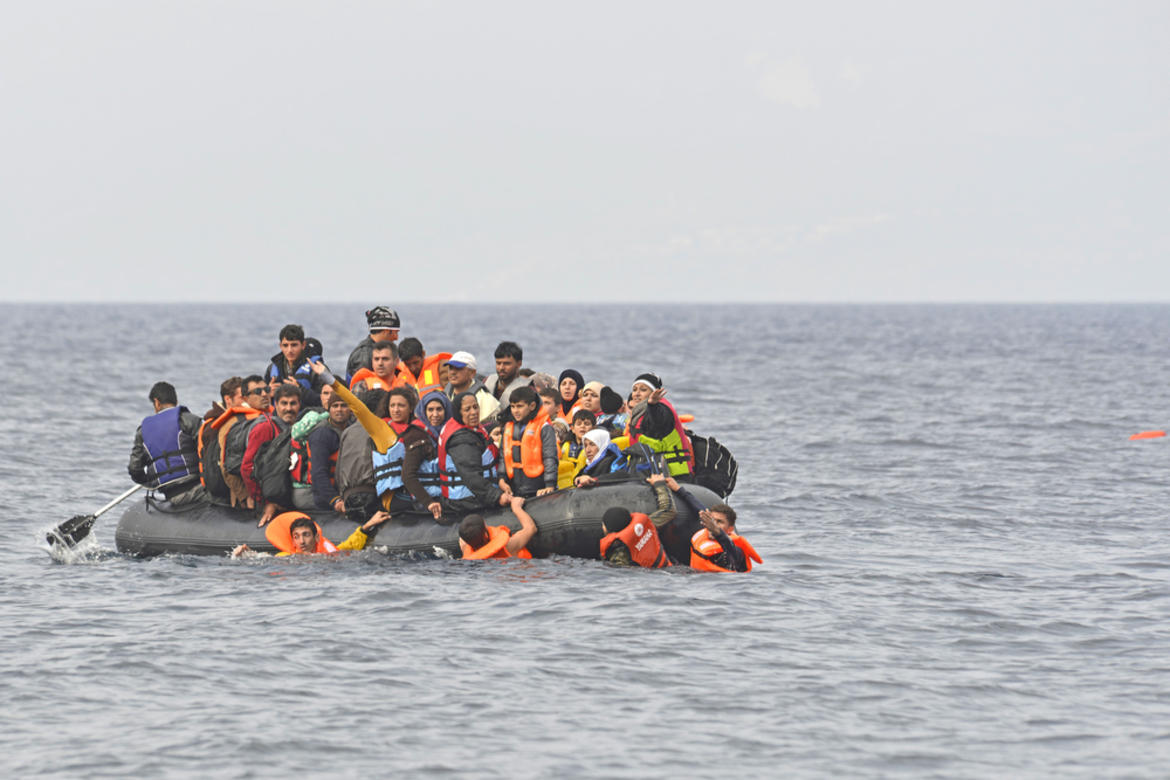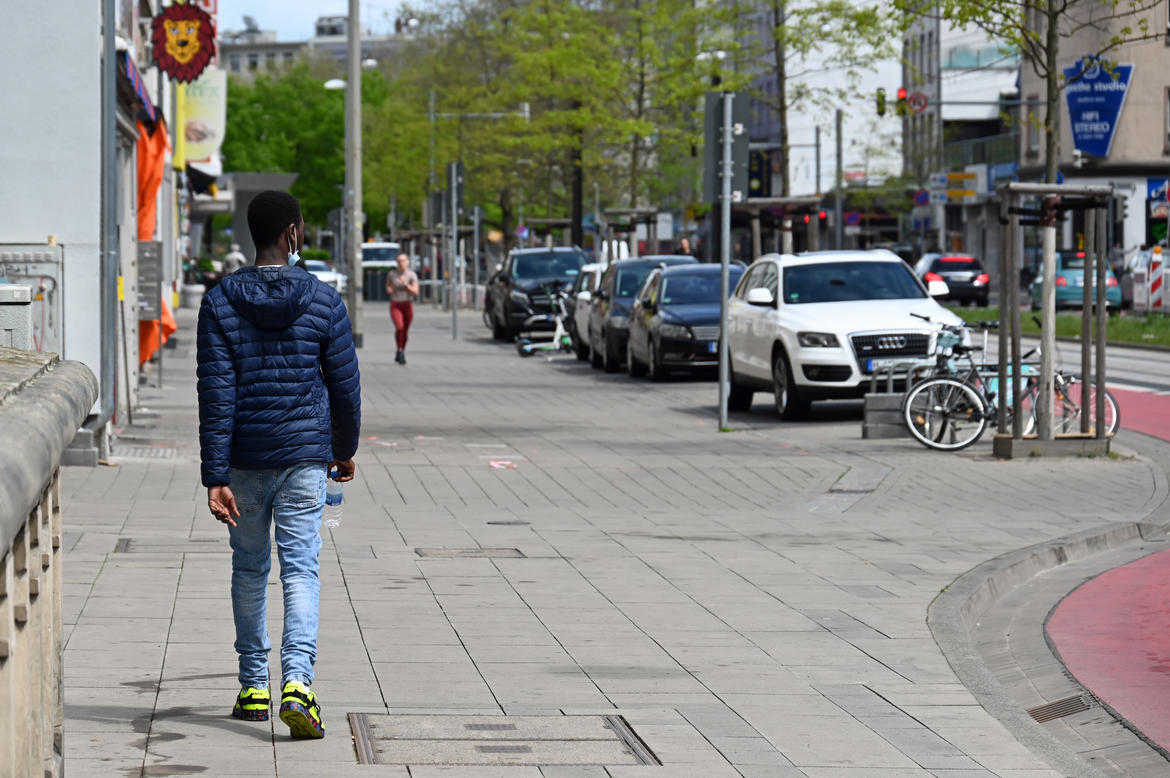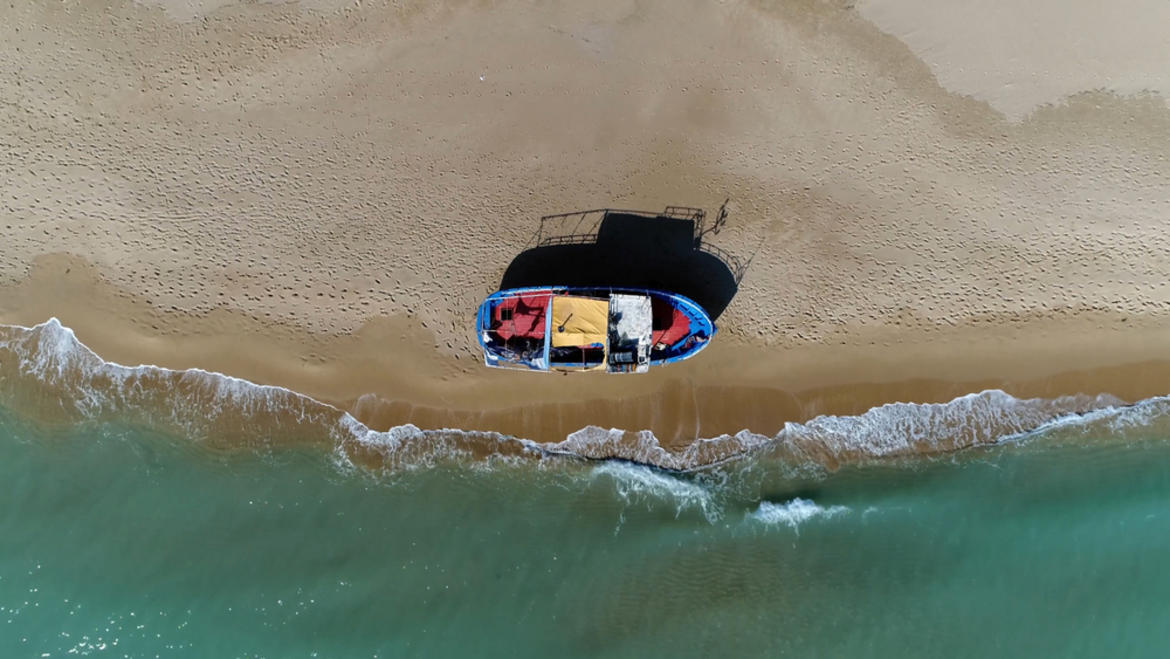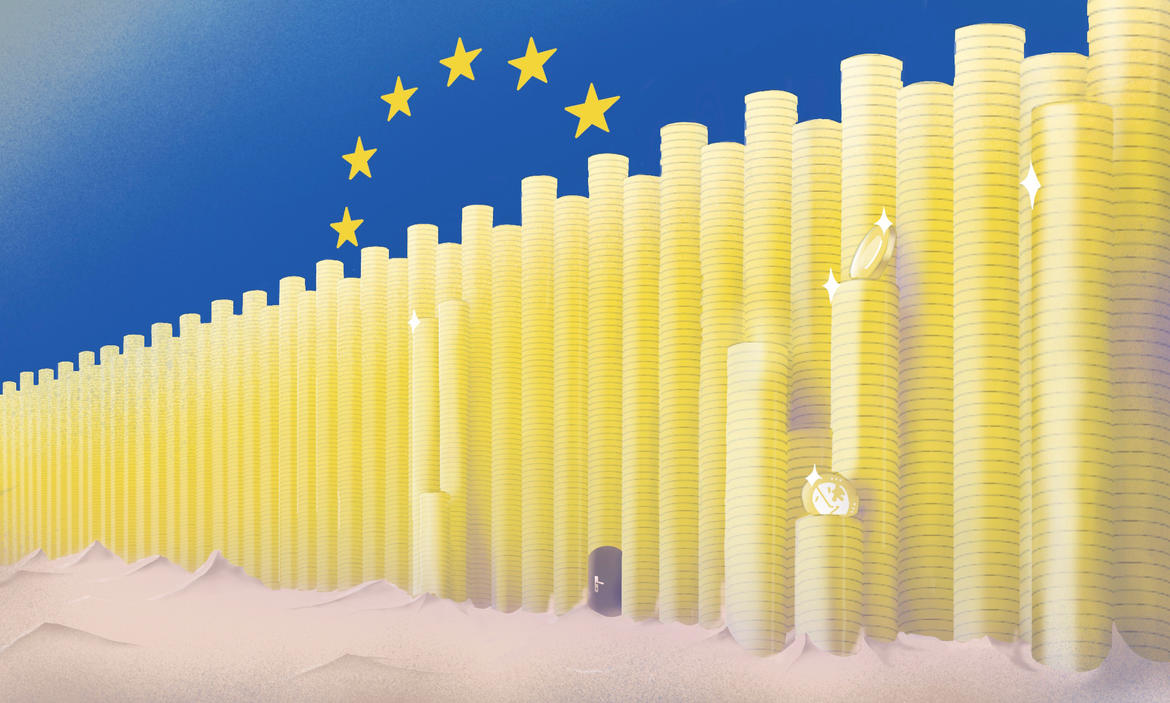EU Trust Fund for Africa
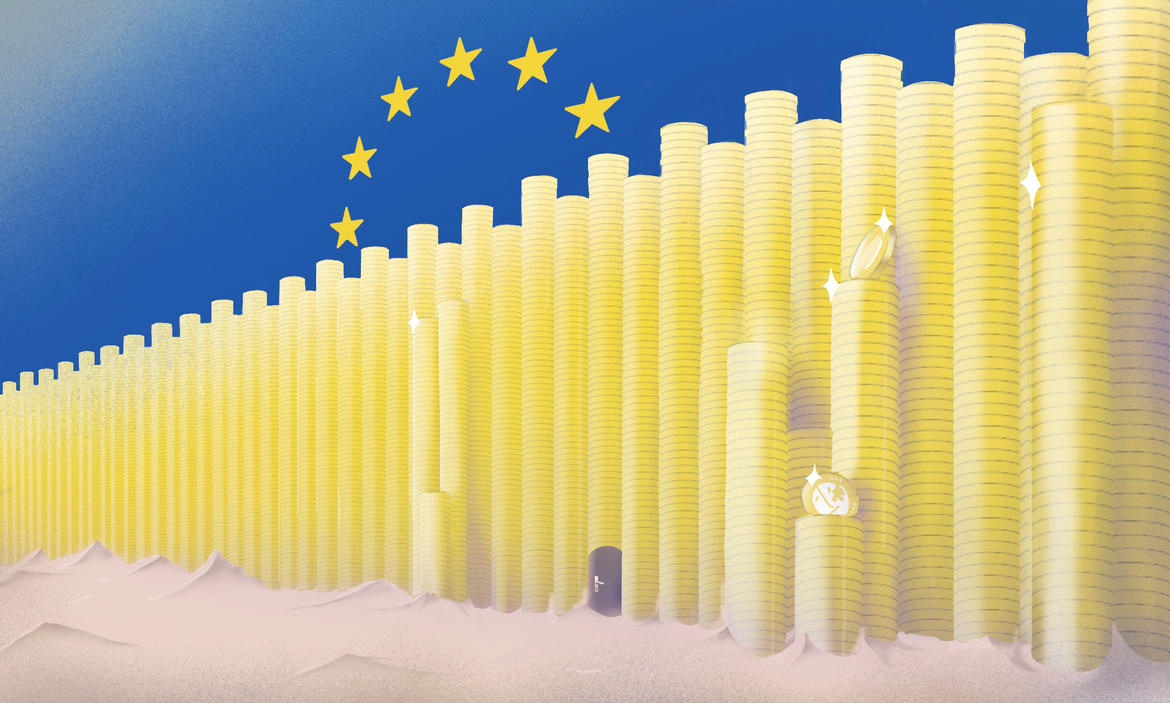
How-the-EU-spent-billions-to-halt-migration-from-Africa_imagefullwide
Illustration by Marko Horvat/Pod črto
“We are under no illusions that we can improve the situation overnight. But we are committed to giving people alternatives to risking their lives,” said former European Council President Donald Tusk at the Valletta migration summit in November 2015. Back then, large numbers of irregular migrants were reaching Europe’s borders, and the EU was eager to prevent a repeat. So, in collaboration with several African partners, it launched the EU’s Emergency Trust Fund for Africa (EUTF for Africa), intended to finance projects that would “address the root causes of migration”, fight against irregular migration and promote the return and reintegration of migrants.
Six years after the creation of the EUTF for Africa, some €5 billion have been invested and 250 projects have been financed. What have these projects achieved? And above all, were the European intentions in line with the unique issues that African societies face?
Main findings:
- More than 250 projects were initiated in the framework of EUTF. The highest-funded EUTF project (€107 million) has focused on state-building in Somalia.
- The EUTF had several objectives, but almost a quarter of the funds – the largest share – went into migration management. Only 10% of the funds were allocated to the creation of jobs and economic development.
- Though an initial stated intent of the EUTF was to also support more legal pathways for Africans to EU countries, the fund ultimately focused mainly on irregular migration.
- The EU border agency, Frontex, has registered a decrease in crossings by citizens of EUTF recipient countries since 2015, but this tracked with similar drops in numbers for citizens of all African countries. Overall, the EUTF does not seem to have had a measurable impact on migratory movements toward the EU.
- The EUTF was set up as an emergency tool to react to migration and assign projects quickly and flexibly – but the root causes of displacement and migration cannot adequately be addressed by an instrument designed to tackle problems in the short term.
- EU member states have contributed to the EUTF in different ways. Germany was the biggest state contributor.
Stories
Launched in November 2015, the EU Emergency Trust Fund for Africa (EUTF) was intended to promote stability and fight against “the root causes of irregular migration and displaced persons”. Five billion euros have been approved for 250 projects in 26 African countries. But what results has the fund produced?
May 11, 2022
As 2021 drew to a close, so too did the EUTF project, a “trust fund for Africa” created by the EU in order to address the causes of illegal immigration. Analysis shows that a large proportion of this funding was dedicated to border externalisation.
May 4, 2022
Germany is the biggest state donor to the European Union's Emergency Trust Fund for Africa, which was established in 2015 to curb irregular migration to the EU. Where did that money go? And what comes next?
April 14, 2022
EU development programs such as the Emergency Trust Fund for Africa prioritize curbing migration over fostering development, critics say. How does the EUTF square with the stated aims of the European Union's aid policies?
April 13, 2022
Fight irregular migration, return and reintegrate migrants, create more legal pathways to the EU: The European Union set high goals with its Emergency Trust Fund for Africa. DW examines whether the EUTF achieved them.
April 12, 2022
The data unit
 Gianna-Carina Grün (Deutsche Welle, coordinator) is head of the data team at Deutsche Welle.
Gianna-Carina Grün (Deutsche Welle, coordinator) is head of the data team at Deutsche Welle.
EDJNet members which took part in this investigation:
From our podcast Uncharted Europe
Media uptakes
From EDJNet members:
- Voxeurop (France), How Europe spent billions to keep migrants in Africa, 04/05/2022
External:
- Valori (Italy), A cosa sono serviti i soldi dell’European trust fund?, 04/08/2022
- RBE (Italy), Il fondo che (non) interviene sulle cause delle migrazioni – intervista ad Anita Ishaq, 30/08/2022


